When SDS-PAGE Goes Bad
You are not alone. Everyone makes a hash of their protein gel sometimes but this resource can help you work out what went wrong, and feel better for seeing gels even worse than yours.
Join Us
Sign up for our feature-packed newsletter today to ensure you get the latest expert help and advice to level up your lab work.
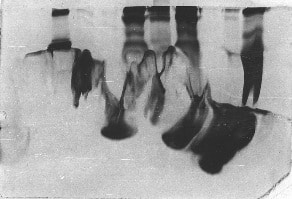
You are not alone. Everyone makes a hash of their protein gel sometimes but this resource can help you work out what went wrong, and feel better for seeing gels even worse than yours.
Your DNA samples are precious so take care of them! Here are 5 ways that DNA can be damaged, so now you now what to avoid in the future.
Ever heard of polymerising agarose gels? I haven’t. If you think you have, read this.
DEPC. IF you work with RNA, you’ll know this stuff. It’s vital for ridding solutions of RNases that would otherwise destroy your work. But just how well do you know it?

There’s more than one way to do a plasmid miniprep. Here are 5 to add to your molecular biology arsenal.
This is the story of how one of the most famous and quirky naming conventions in biology came into being.
An introduction to the Monash protein folding database, which contains protocols for refolding over 600 different proteins from inclusion bodies.

Could ligation independent cloning get any better? Well here is a technique that is sequence AND ligation independent.
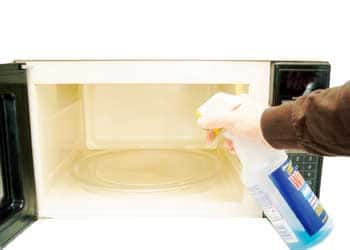
Several peer-reviewed articles advocate using microwaves for sterilization, but would you trust microwave-sterilized growth medium?

If you have ever worked out the price of an electroporation cuvette you will realise that, at several dollars each, they are worth recycling. Accounts on how amenable electroporation cuvettes are to recycling vary, but I find that as long as you treat them well it is possible to use single cuvette many times. It’s…
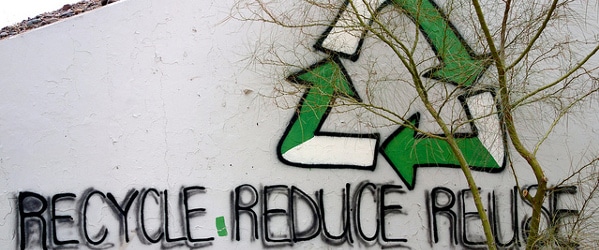
You know those ridiculously priced and throw-away DNA mini, midi and maxi-prep columns? Well the good news is that you can actually re-use them if you are reasonably careful at regenerating them, with this simple and cheap method described in detail by Nagadenahalli B. Siddappa in Biotechniques in 2007. Apparently these columns can be reused…
All over the world, molecular biologists are tragically wasting hours of their life running DNA gels using tris-based conduction buffers like TBE or TAE. These buffers are known to overheat at high voltages, causing problems with gel integrity, sample denaturation and more. Because of this, molecular biologists are forced to keep the voltage of their…
Problems with DNA gel extraction can be a real show-stopper since this is such a routinely used procedure. But, even if you are having no particular problems, it’s always nice to try and pick up some information that might improve your technique just that little bit. Probably for these very reasons, Suzanne’s article 10 Tips…

For identifying positive clones from a plasmid cloning procedure, the routine of performing a mini-prep and then checking the putative clones by restriction digestion is most commonly used. Of course, if you need to screen a large number of clones, another option is a colony PCR to identify positives, followed by restriction digests to confirm….

A while back, I wrote an article on 5 DNA ligation tips that could improve the efficiency of your cloning procedures. It proved to be quite a popular article so here are another 3 tips that might make your ligations even better! 1. Change ligase brand. All T4 DNA ligase preps are not equal. Many…

How can you avoid the perils of exposing DNA to UV light during the cloning procedure? Use an alternative DNA stain! Ethidium bromide is not your only option. In this article, we will compare the available DNA stains that can be used in electrophoresis to clarify the options available to you. Ethidium Bromide The classic…
This is a story that could strike fear into your heart if you use UV light to visualize DNA that you later intend to clone. Read on if you dare. A while back I was doing a project where I had to make a mutation library of a plasmid. There are a number of ways…
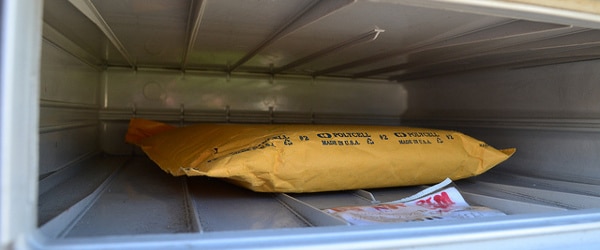
Whether you need to get your plasmid DNA to a lab on the other side of the world, or a few hundred miles down the road, it’s important to make sure your precious sample gets there, it is not degraded, and you don’t end up in jail. Here’s the Bitesize guide on how to send…
A while back I wrote a post on a T4 DNA polymerase dependent ligation independent cloning method. In the comments, Max asked if anyone had a protocol. Since there does not appear to be a simplified protocol available on the web, I thought I would post mine for reference. It is adapted from a 2006…
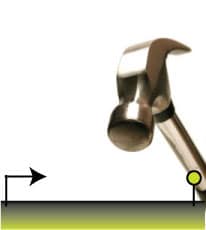
Random mutagenesis is an incredibly powerful tool for altering the properties of enzymes. Discover 8 different approaches.

In the early 1950’s so many new enzymes were being discovered in the burgeoning field of biochemistry that enzyme nomenclature was in danger of getting out of hand. With no guidelines on how to name enzymes, researchers simply chose their own. Some enzymes were given names, like diaphorase or Zwischenferment, that conveyed nothing about the…

In any experimental procedure, getting the controls right can save you a lot of work when things go wrong by allowing you to troubleshoot the source of the problem. DNA ligation is no different. In this article, we explain how to set up a ligation reaction with a complete set of controls, and use them…
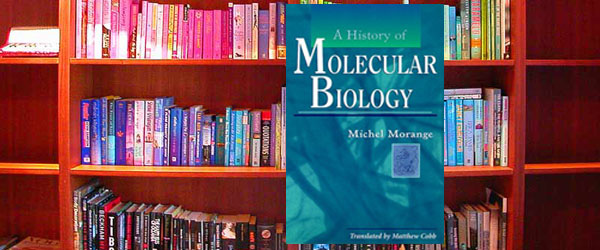
As a freshman biology major in undergrad, I was introduced to molecular biology with the following description: Molecular biology represents the intersection of genetics, biochemistry and cell biology. Some people, it turns out, add microbiology and virology into the mix. So molecular biology is often used as a catch-all, to describe a wide breadth of…
Few technical breakthroughs have changed the face of their field like the Polymerase Chain Reaction (PCR). Gene cloning, sequencing of complex genomes, DNA fingerprinting and DNA-based diagnostics are just some of the techniques that were either inefficient, crude or plain impossible before PCR. The technique has revolutionized biological research and biotechnology to such an extent…

When heterologous gene expression goes wrong it can be a real headache. Here’s my checklist for the steps to take when you encounter problems with this dark art. 1. Check the construct by sequencing the expression cassette to make sure that everything is as you expect. A lack of expression could result from a stray…

Of all the competent E. coli cell strains available (including both chemically competent or electrocompetent E. coli), which one should you choose? The choice of strain to use in a given experiment is determined in large part by the nature of the experiment and the set of traits that best fit it. In this article…

Buying competent cells from commercial suppliers is convenient, provides a guarantee of quality, and gives access to strains with a variety of in-built traits that assist with things like maintenance of plasmid integrity (more on these traits later). However, this can be an expensive business. Alternatively, competent cells of any strain, including the specially-constructed commercial…
Isn’t it a pain digesting, purifying and dephosphorylating your cloning vector prep to eliminate prevent high background in your ligation/transformation? A new generation of positive selection cloning vectors promises to eliminate all of that hassle by killing off any vector that has not taken up the insert you are trying to clone. Positive selection cloning…
Artificial gene synthesis was first reported in 1972 when a group of researchers at Massachusetts Institute of Technology synthesized a complete yeast alanine tRNA gene. Synthesis of the first peptide- and protein-encoding genes ensued in the following decade. Since then, synthetic biology has advanced in leaps and bounds, and custom gene synthesis, a one-time expensive option for…

Get awesome pictures of your DNA gels with a standard digital camera and an orange filter. Here’s how.

The eBook with top tips from our Researcher community.